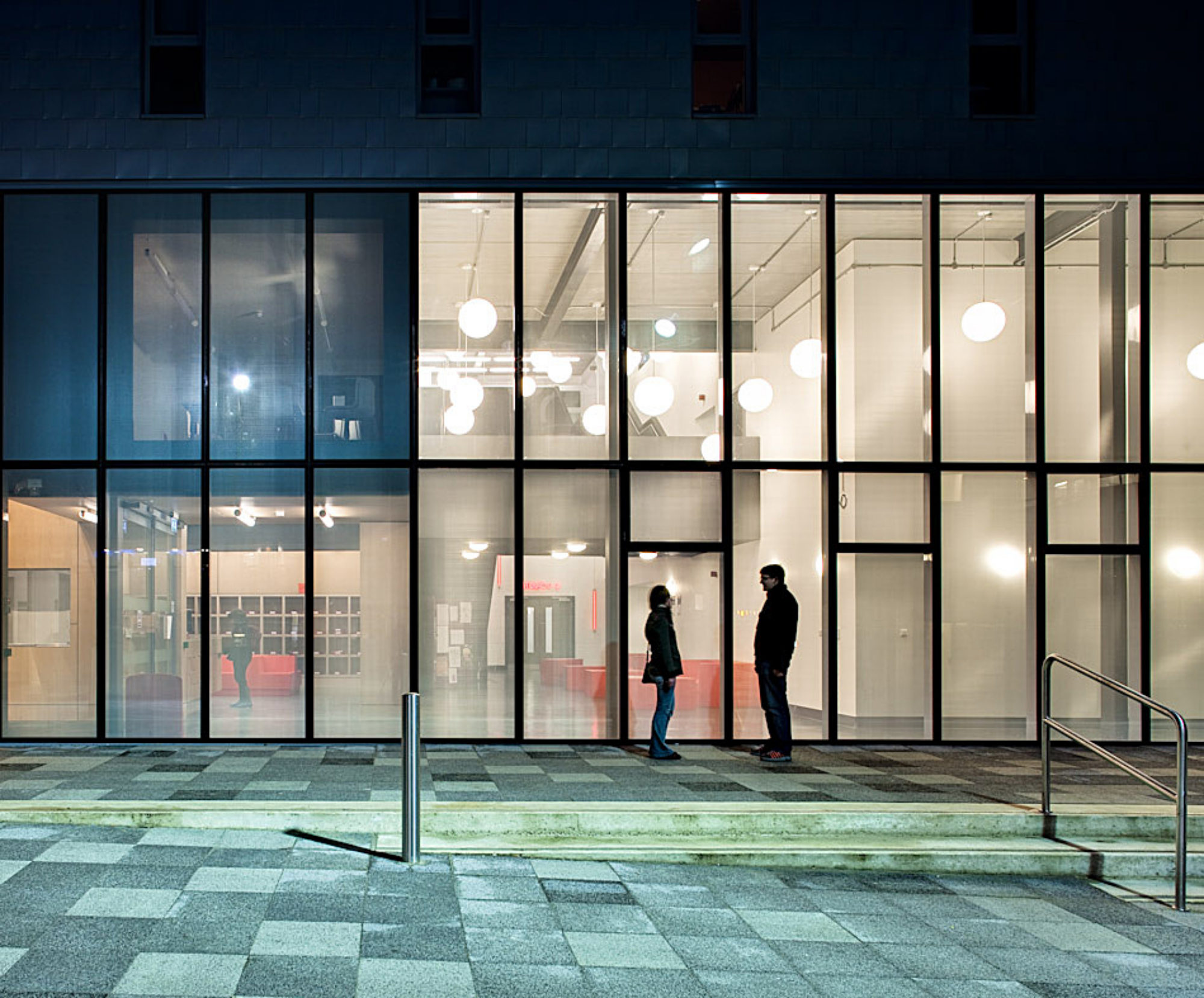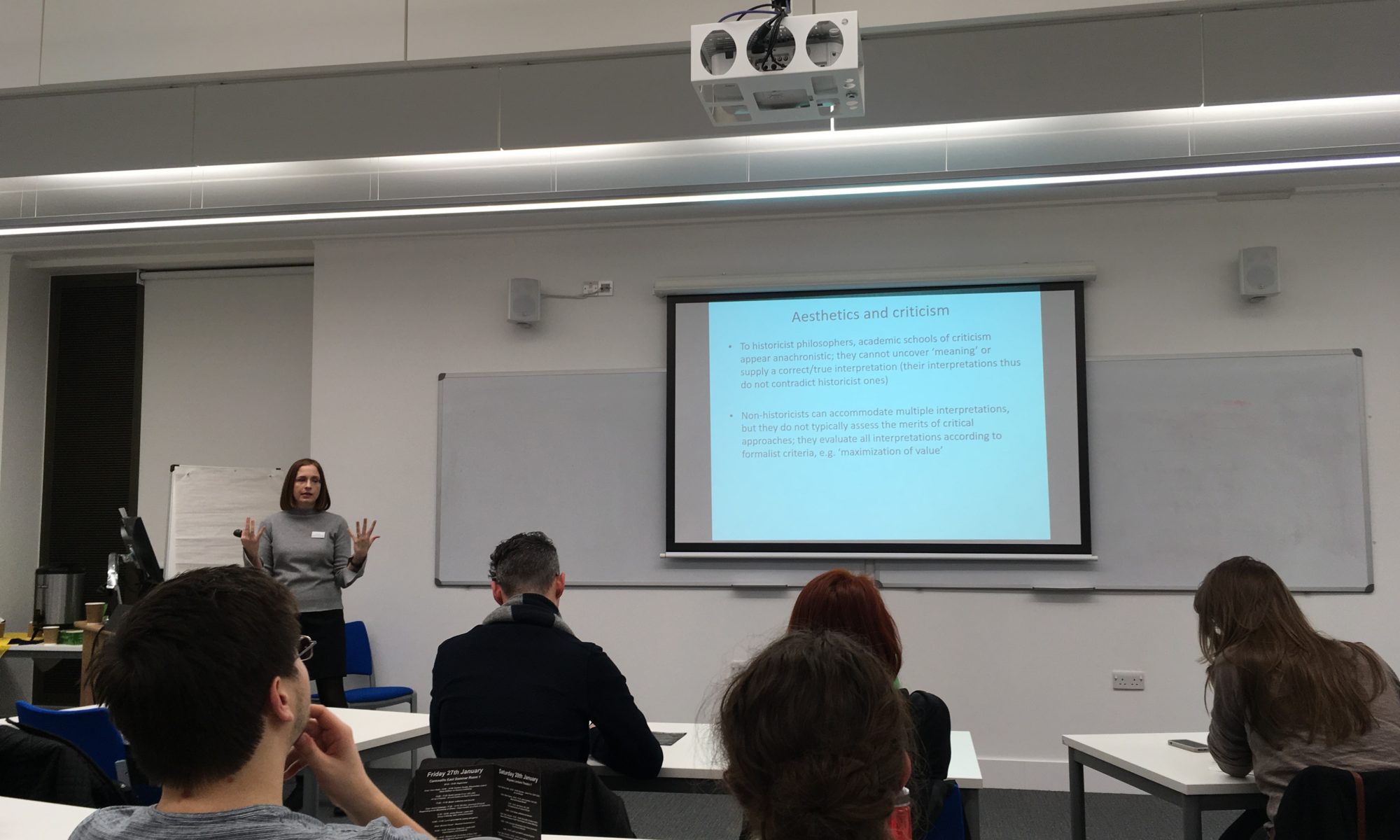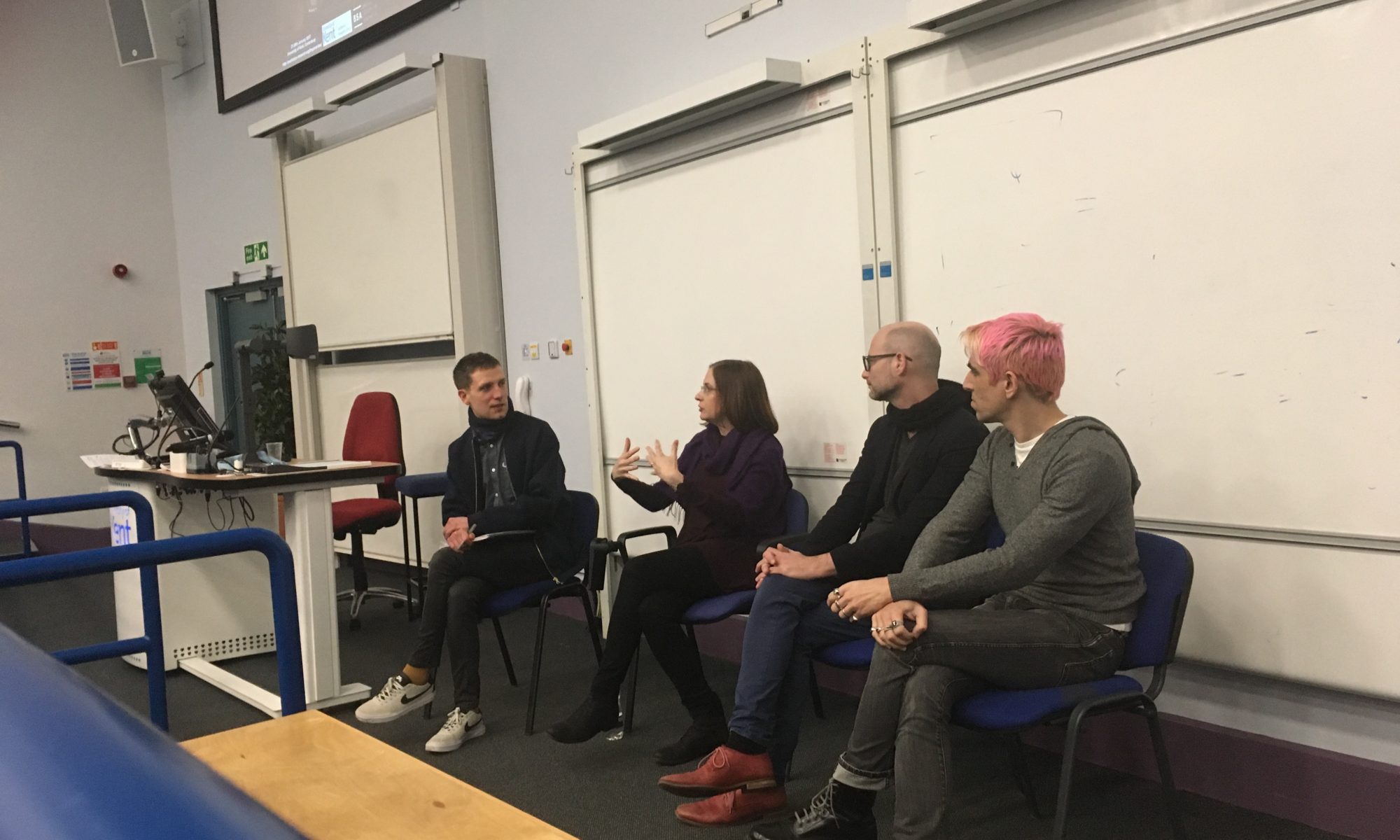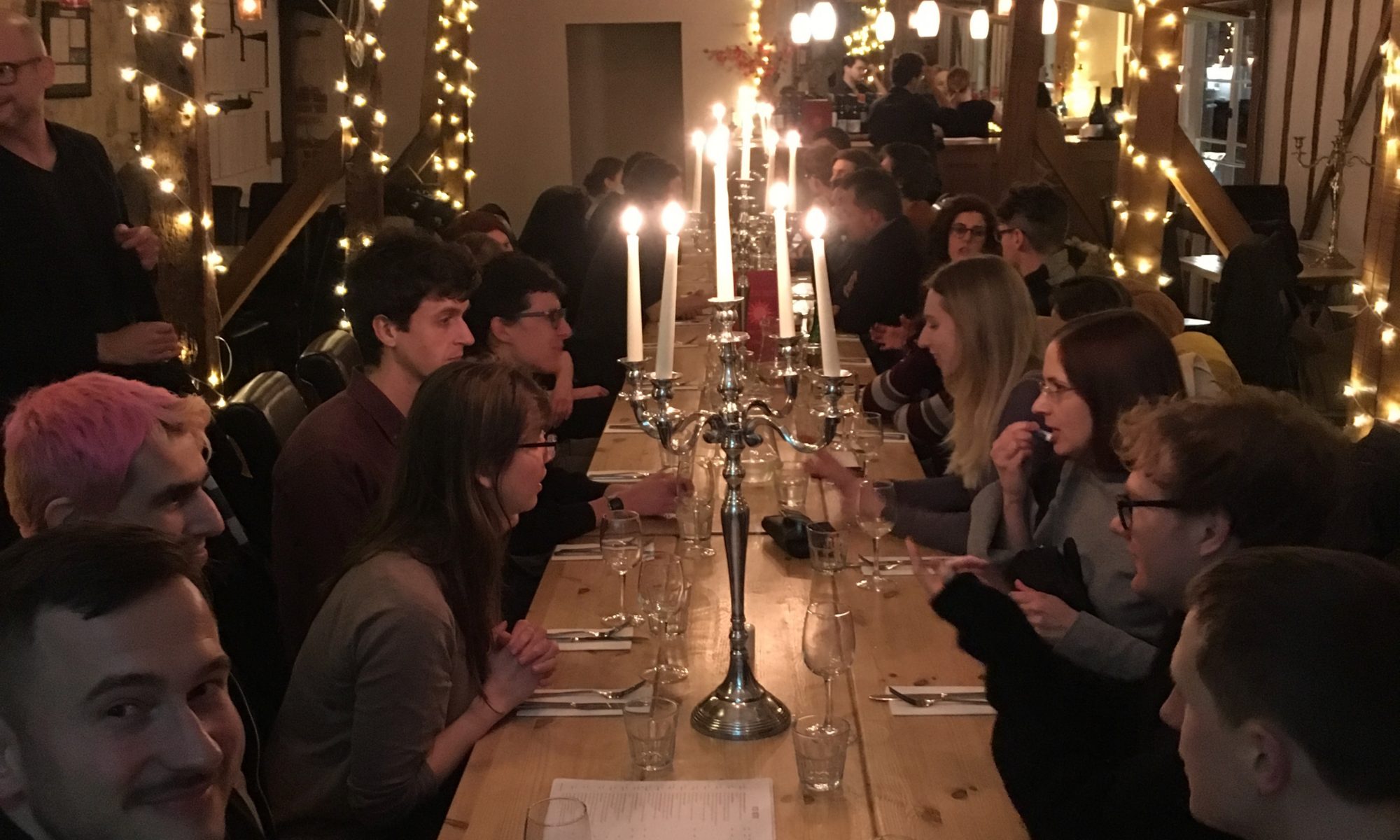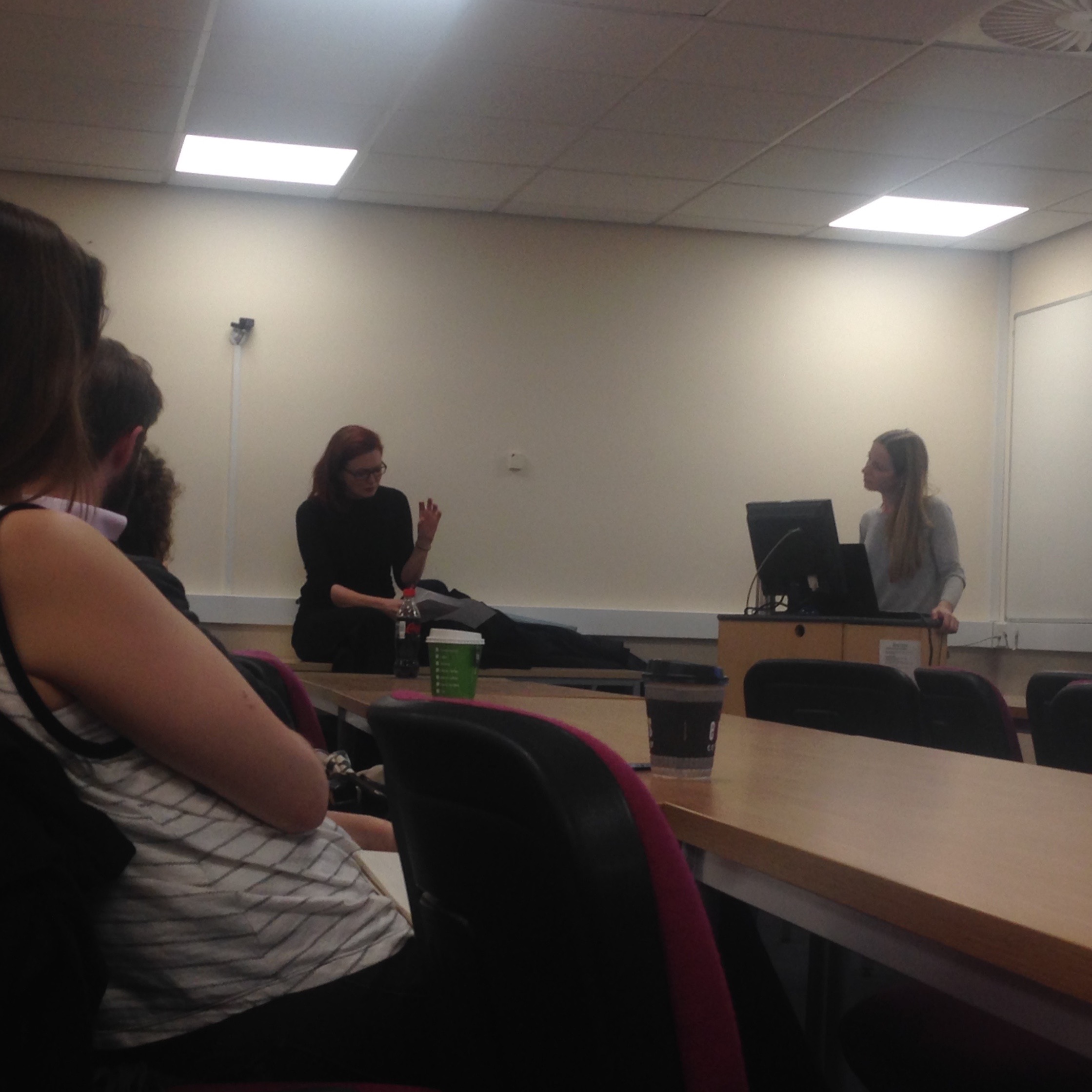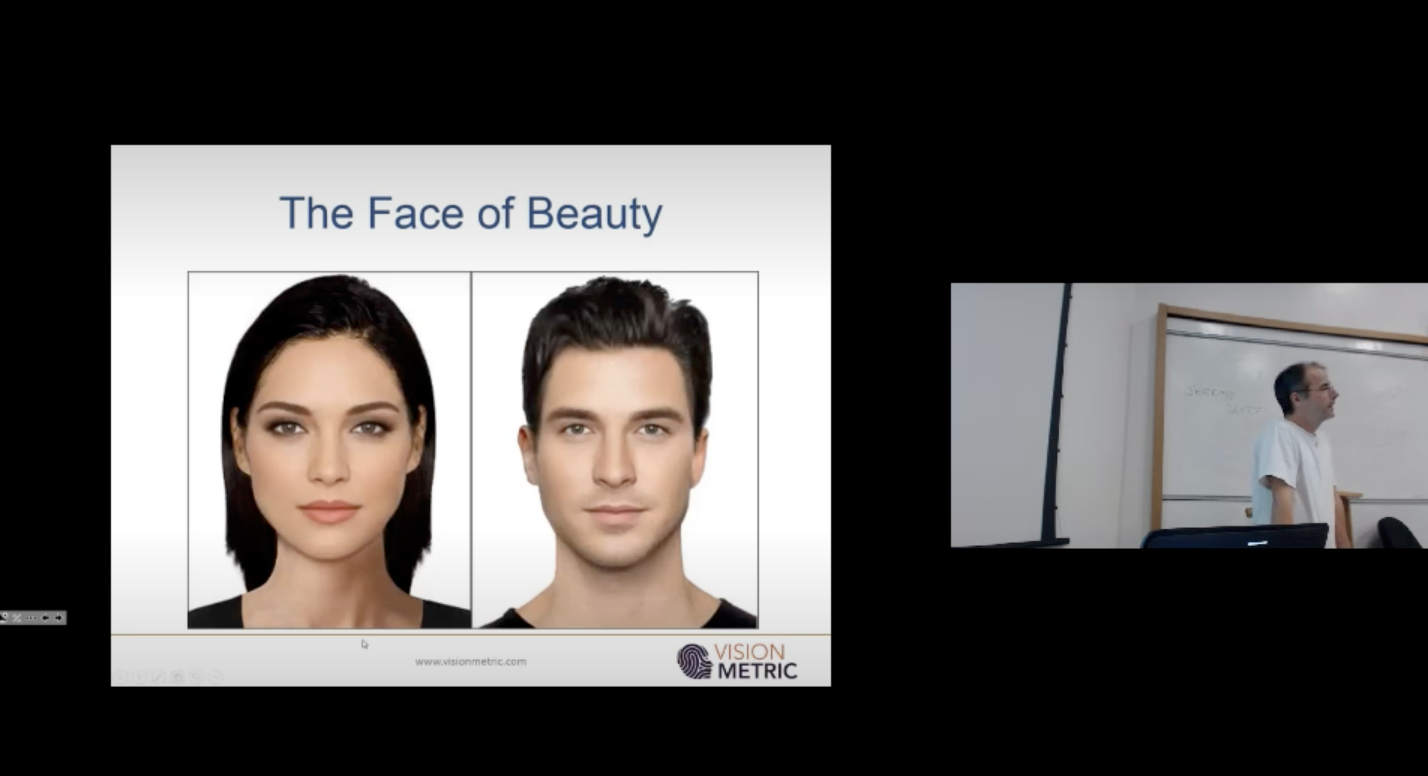Jesse Prinz: Art and Wonder
Art, Aesthetics and Beyond: 3rd BSA PG Conference
FRIDAY 27th JANUARY 2017
10:00 – 10:40
Kentaro Tanabe, Ritsumeikan (Japan)
Diana Raffman on Nuance Ineffability
10:40 – 11:20
Sasha Lawson-Frost, UCL (UK)
Art as a Process – Art and History in Hegel’s Aesthetics
11:20 – 11:35
Break: coffee/tea and biscuits
11:35 – 12:15
Olli Aho, Jyvaskyla (Finland)
Responding to the Movements of Others – Improvisation as a Form of Habituality
12:15 – 12:55
James Rimmer, Leeds (UK)
Group Creativity, Skill, and Achievement
13:00 – 13:45
Lunch: provided for paying delegates
14:00 – 14:20
*Reverse Presentation*
Stanisław Święcicki, Leeds (UK)
Improvisation and Creativity
14:20 – 14:40
*Reverse Presentation *
Olimpia Cali, University of Kent (UK)
Considerations for a Cognitive Approach to Audience Studies
14:40 – 15:00
*Reverse Presentation *
Caterina Moruzzi, Nottingham (UK)
Intentionality, Artworks and, AI
15:00 – 15:20
*Reverse Presentation *
Sam Tornio, University of Kent (UK)
Toward a Poetics of Snapchat
15:20 – 15:35
Break: coffee/tea and biscuits
15:35 – 16:15
Tomasz Szubart, Jagiellonian University (Poland)
What Philosophy of Cognitive Neuroscience Could Bring Into the Problem of Musical Meaning?
16:15 – 16:55
Clotilde Torregrossa, St Andrews/Stirling (UK)
A Defence of Experimental Philosophy in Aesthetics
17:00 – 18:15
Keynote – Stacie Friend, Birbeck (UK)
Elucidating the Truth in Criticism
19:30
Dinner at Cafe du Soleil
Reservation needed, see registration
SATURDAY 28th JANUARY 2017
Location: Keynes Lecture Theatre 1
Directions and accessibility information: here
09:30 – 10:45
Keynote – Jesse Prinz, CUNY (USA)
Art and Wonder
10:45 – 11:25
Jamie Cawthra, York (UK)
What are Fictional Worlds?
11:25 – 12:05
Jack Davis, UCL (UK)
The Appearances of Fictional Worlds
12:05 – 12:20
Break: coffee/tea and biscuits
12:20 – 13:00
Rob Duffy, Fordham (USA)
Does Fiction Express Truth? Paul Ricoeur on Literary Meaning
13:00 – 13:40
Alexander Westenberg, Notre Dame (Australia)
The Elenctic Narrative
13:40 – 14:30
Lunch: provided for paying delegates
14:30 – 15:10
Leen Verheyen, Antwerp (Belgium)
The Ethical and Aesthetic Value of the Novel. A Ricoeurian Approach
15:10 – 15:50
Dieter Declercq, University of Kent (UK)
Defining Satire (And why a Definition Matters)
15:50 – 16:05
Break: coffee/tea and biscuits
16:05 – 16:45
Alessandro Cavazzana, Ca’Foscari (Italy)
What About Visual Metaphors?
16:45 – 17:25
Kris Goffin, Antwerp/Ghent (Belgium)
Rational Emotivism
17:25 – 18:00
Panel Discussion
With: Jesse Prinz, Stacie Friend, Tom Laver (Assistant Collections Curators at Towner Art Gallery), and members of the Aesthetics Research Centre
Berys Gaut – The Value of Creativity
Wednesday 24th February, 5pm – 7pm, Grimond Lecture Theatre 2 (GLT2), University of Kent
The Value of Creativity
Creativity is generally regarded as an invariably valuable trait. But is that true? There seem to be cases of ‘dark’ creativity: for instance, a torturer may be creative, but his creativity makes the world a worse place. I develop a definition of ‘creativity’ in terms of an agential disposition to produce new things that are valuable of their kind, and employ this account to show that creativity has instrumental value, final value (value as an end), but only conditional value, i.e., it is valuable only under some circumstances. I also argue for a constitutive connection between creativity and spontaneity and show how spontaneity contributes to the value of creativity. An upshot of the argument is that sometimes enhancing creativity is a bad thing.
Sarah Cardwell: research seminar
Monday 26th October, 5pm – 7pm. in KS14
‘Framing television: the dramatic implications of aspect ratio’
Within television studies, and even within television aesthetics, ‘aspect ratio’ is frequently overlooked or naively characterised. Yet it plays a fundamental, determining role in forming and framing television’s dramatic spaces and in turn, its stories and meanings. A balanced reappraisal of television’s varied aspect ratios and its impact upon TV’s unique dramatic and aesthetic possibilities can enhance our close analyses and further our understanding of television’s fascinating ‘art history’.
In this paper I will challenge some residual myths, misunderstandings and preconceptions about TV’s aspect ratios and their spatial properties. I would like to counter prevailing pro-widescreen rhetoric, by tracing some of the dramatic and aesthetic qualities of 4:3 that have been lost in the movement to 16:9; in pursuit of this, I’ll consider the example of Marion and Geoff (BBC, 2000 & 2003). I aim to make the case for more overt and sustained attention to be paid to aspect ratio within television aesthetics.
Dr Sarah Cardwell is Honorary Fellow in the School of Arts, University of Kent, where she was previously Senior Lecturer. She is the author of Adaptation Revisited (MUP, 2002) and Andrew Davies (MUP, 2005), as well as numerous articles and papers on film and television aesthetics, literary adaptation, contemporary British literature, and British cinema and television. She is a founding co-editor of ‘The Television Series’ (MUP), Book Reviews editor for Critical Studies in Television, and on the advisory board for the new series ‘Adaptation and Visual Culture’ (Palgrave Macmillan).
Chris Solomon: The Face of Beauty
Oct 21 2015, 4-6pm, GLT3
Diarmuid Costello: “Standard Philosophy of Photography: Tracing the Roots of the Orthodox Paradigm”
Oct 6, 6-8pm, KLT2
My research draws on both analytic and continental approaches to aesthetics and the philosophy of art, and is informed by recent debates in art history and theory. Recently, it has focused on two main goals:
1. To defuse antipathy to aesthetics in art theory by showing that kinds of art typically thought challenging to aesthetics can be accommodated by a sufficiently rich aesthetic theory. To this end I have drawn on the neglected semantic potential of Kant’s supposedly formalist theory of art, and endeavoured to show that a variety of supposedly anti-aesthetic artforms can be accommodated by the resulting aesthetic theory.
2. To contest widespread assumptions in the philosophy of photography regarding the nature of photography, particularly as an artistic medium, in part by showing that it is predicated on a narrow diet of examples that distorts philosophers’ understanding of the field, and in part by developing an alternative conception of photographic agency. The former draws on resources in art history, the latter on the philosophy of action.
I am currently working on two books, each associated with one of these goals: ‘Art after Aesthetics? A Critique of Theories of Art after Modernism’ and ‘On Photography’. Both involve substantive engagement with recent art. Artists whose work has been important for these projects and also figures in the publications below include: Brian Barry, Lawrence Weiner, Art & Language, Sol LeWitt, Adrian Piper, Richard Long; James Welling, Jeff Wall, James Coleman, Thomas Ruff, Rineke Dijkstra, Lee Friedlander, Ed Ruscha; Gerhard Richter, Chuck Close, William Kentridge, and Phillip Guston.
26 – 27 June: Aesthetics, Normativity, and Reason
26th June – 27th June 2015
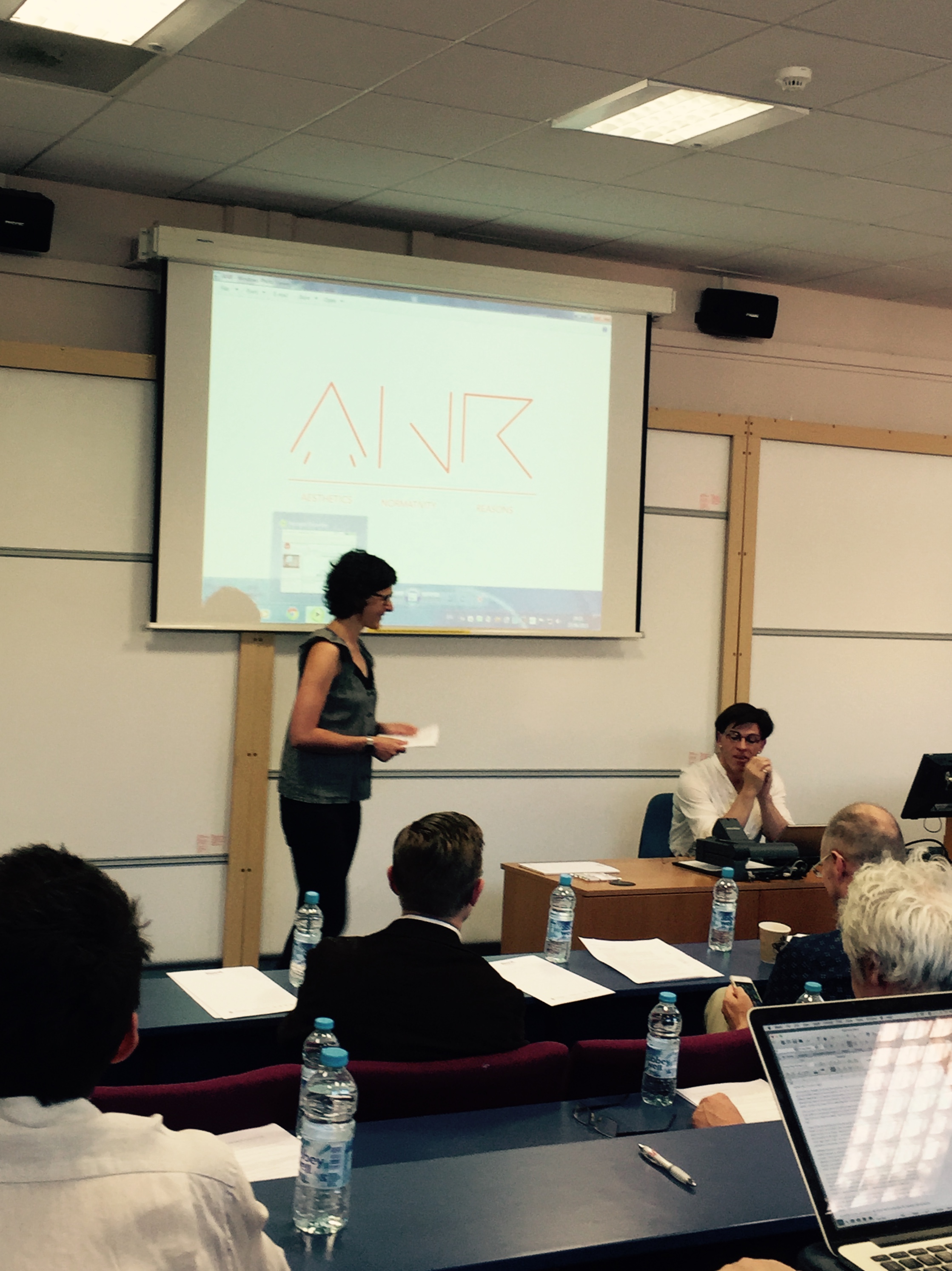
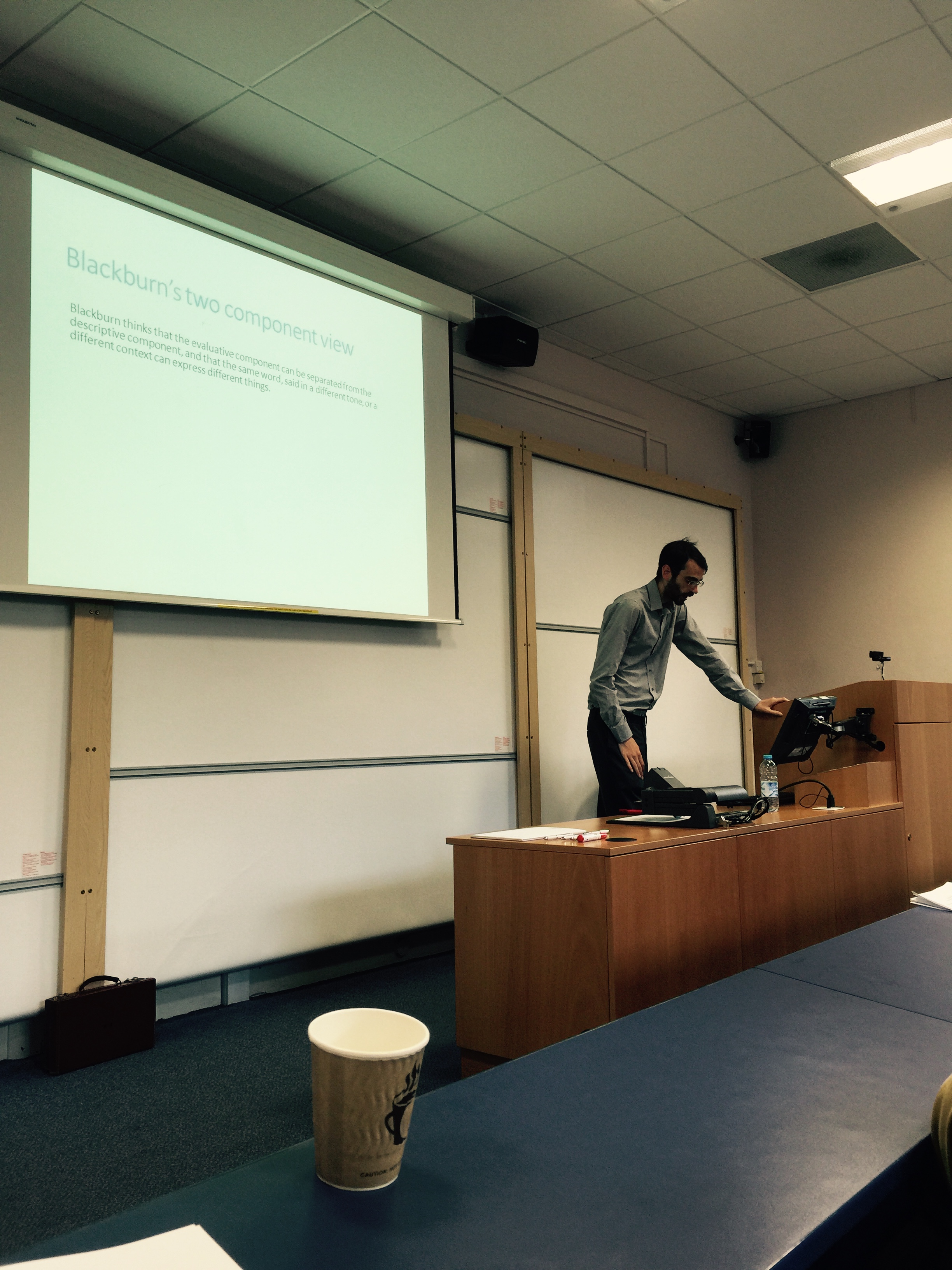
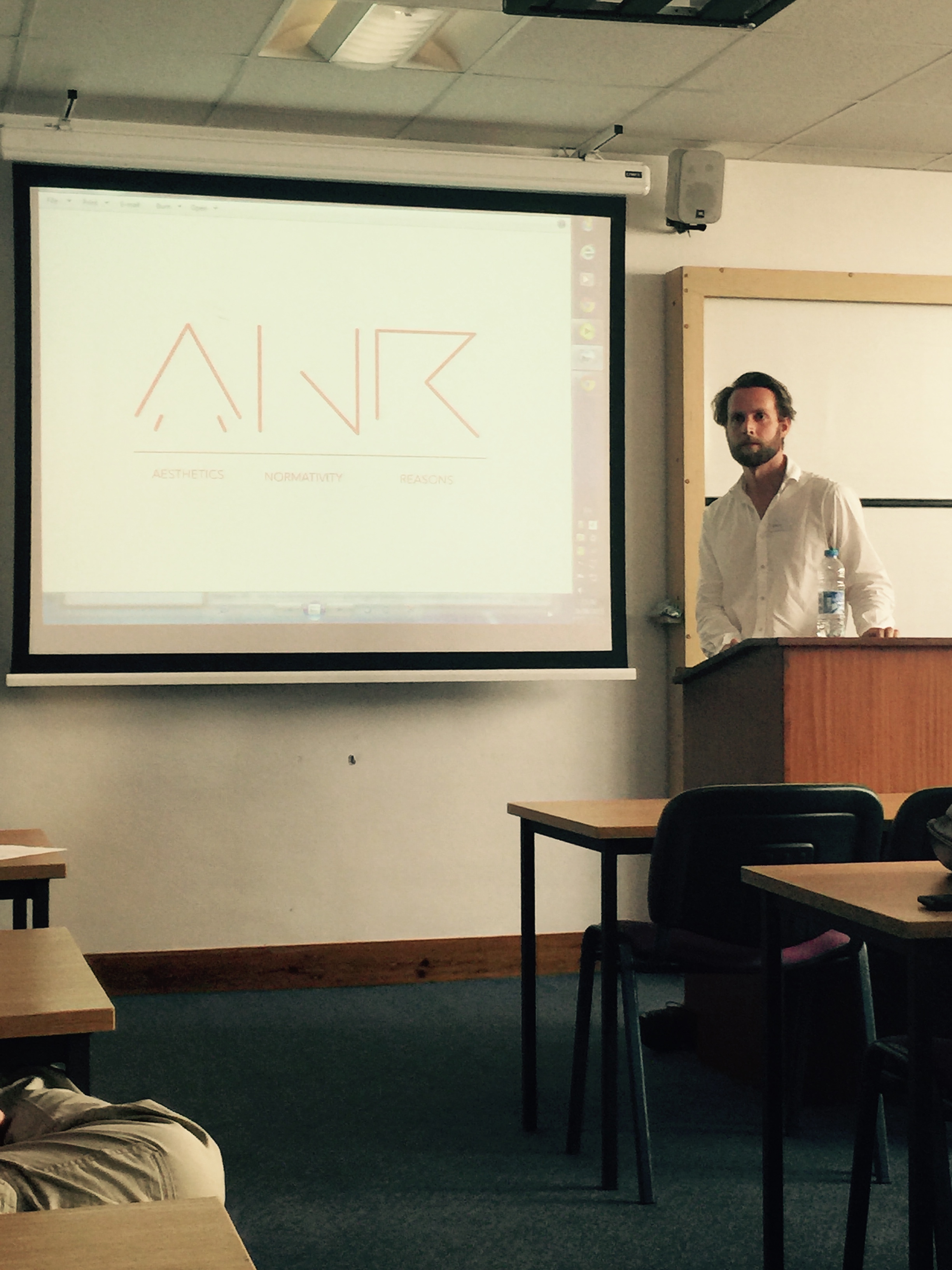

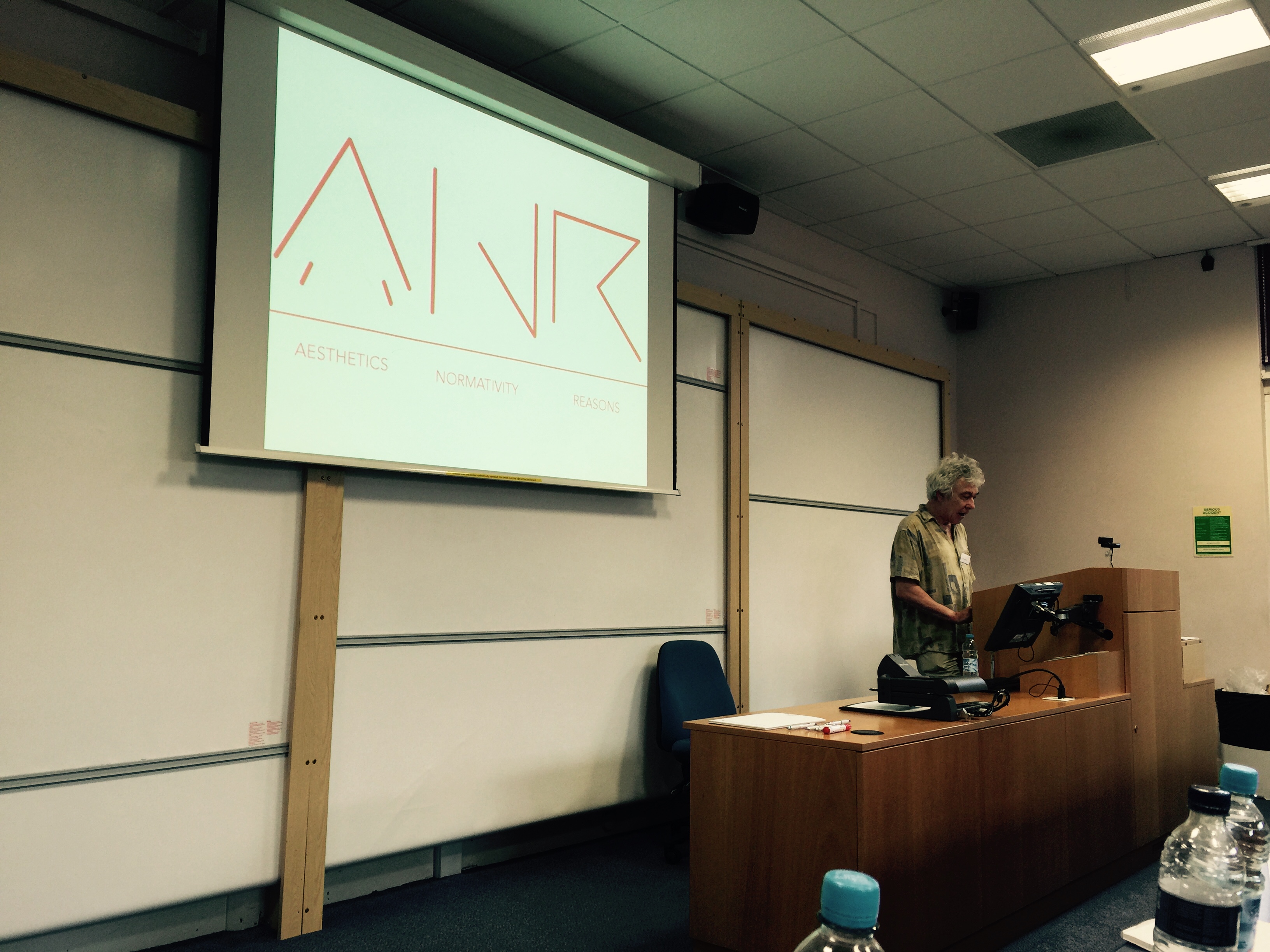

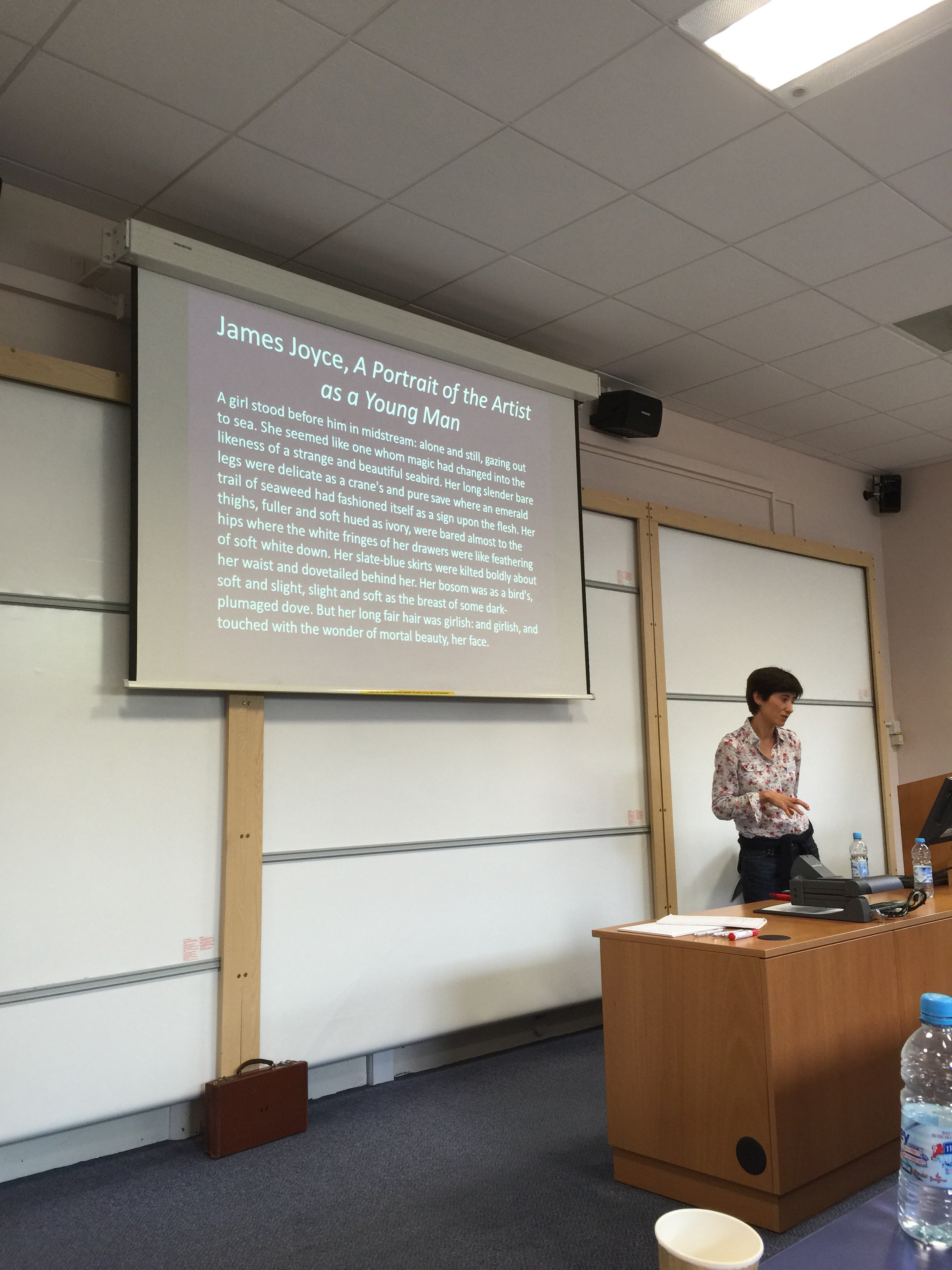
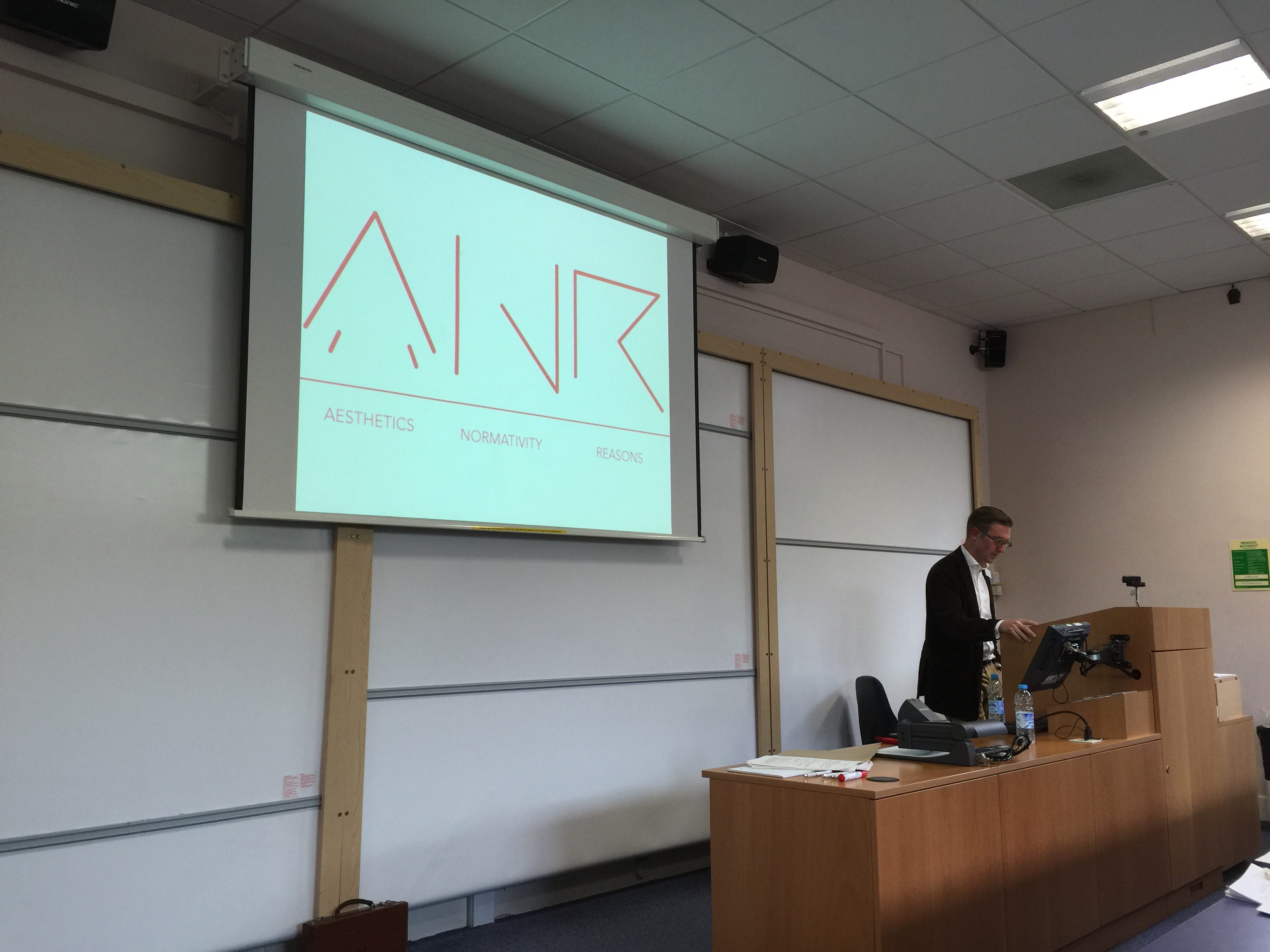
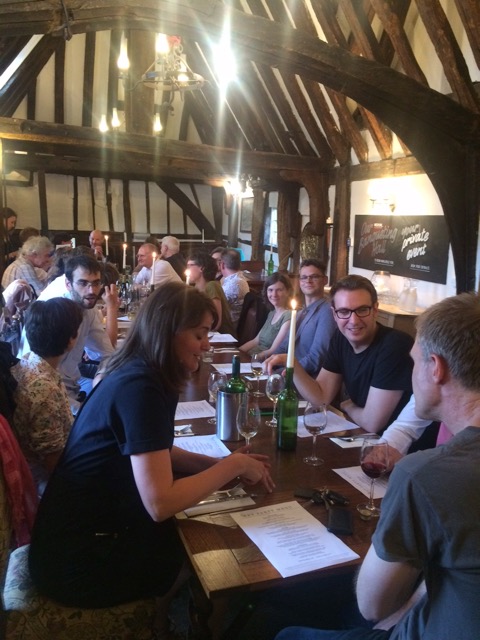
Keynote Speakers
Maria Alvarez (King’s College London)
Carla Bagnoli (University of Modena and University of Oslo)
Sophie-Grace Chappell (Open University)
John Hyman (Oxford University)
Aaron Ridley (University of Southampton)
Elisabeth Schellekens Dammann (University of Uppsala and University of Durham)
Michael Smith (Princeton University)
More information
Sara Janssen, Postgraduate Research student History and Philosophy of Art, University of Kent
Simon Kirchin, Reader in Philosophy, Dean of the Faculty of Humanities, University of Kent, s.t.kirchin@kent.ac.uk
Hans Maes, Senior Lecturer History and Philosophy of Art, Director of the Aesthetics Research Centre, University of Kent
Paloma Atencia-Linares, Universidad Nacional Autónoma de México (UNAM)
